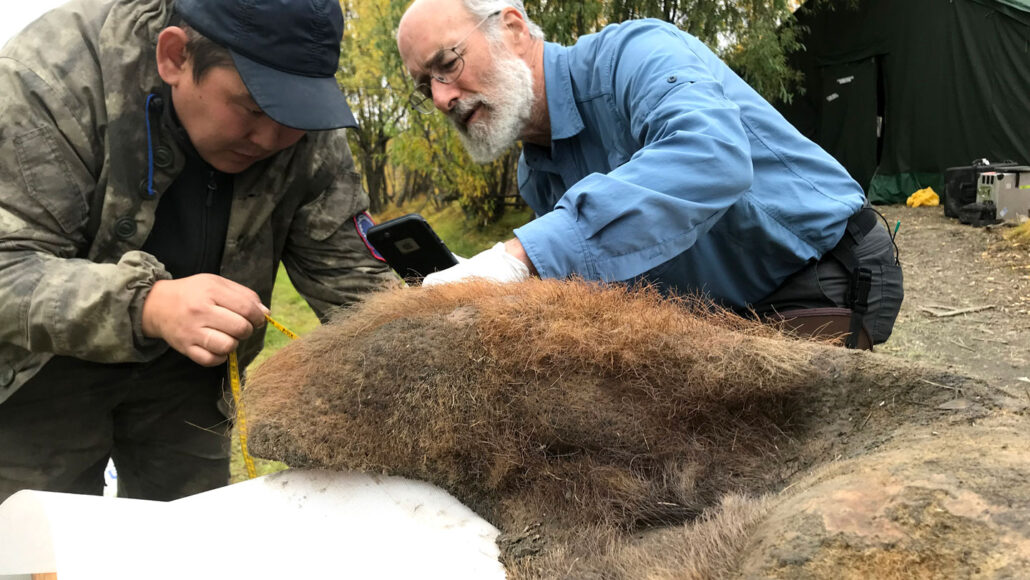Questions for ‘Freeze-drying turned a woolly mammoth’s DNA into ‘chromoglass’

Here, researchers examine the skin of a mammoth that died 52,000 years ago. Its skin, which was unearthed from Siberian permafrost, was so well-preserved that even the 3-D structure of its DNA was intact.
Love Dalén/Stockholm University